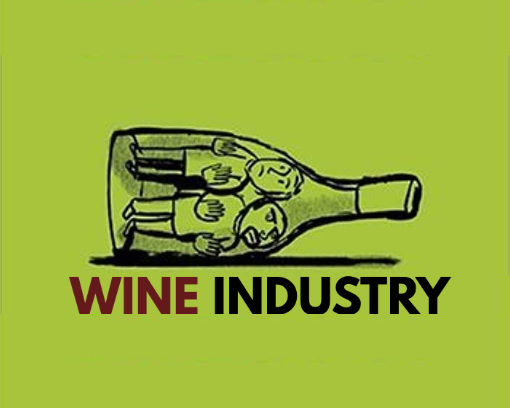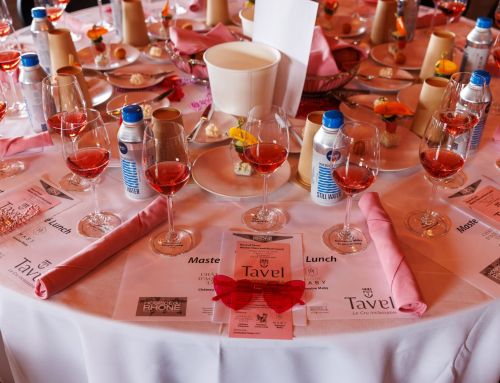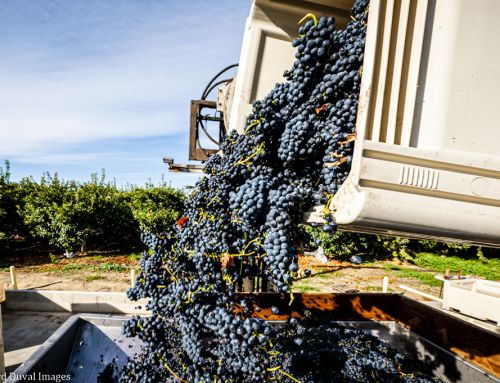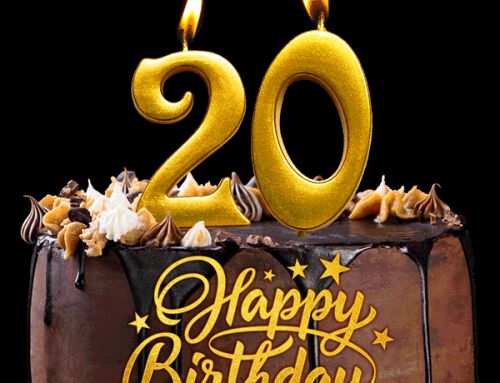
Will the wine industry be on the inside looking out or the outside looking in?
Twenty years ago, Merlot was a star in the wine world. The variety was practically synonymous with a glass of red wine.
We all know what happened next. The variety went sideways and has never recovered its place of stature. Meanwhile Pinot Noir was launched onto a transcendent trajectory that continues to this day. Now the industry runs the risk of having the same thing that happened to Merlot happen to itself.
While it’s popular to blame the movie Sideways for what happened to Merlot – and there is no doubt that the movie put its finger on the oceans of mediocre Merlot that were being produced – what actually happened in the industry was considerably more subtle.
Previously, Merlot was synonymous with red wine and Chardonnay was synonymous with white. Then came a diversification in the industry that also coincided to some degree with the movie.
Today if you go to a restaurant and ask for a glass of red wine, it’s as likely to be Zweigelt or a wine from the Languedoc than any single particular variety. America’s tastes have broadened. Our wine drinking has become more sophisticated. Good lord, Americans drink rosé now! The wine industry has also become much, much more global.
As a result, what wine drinkers are consuming has become fragmented. Whenever people ask me if Merlot will ever regain its place atop the wine world, the answer is a hard no.
Meanwhile Pinot Noir – and even Cabernet Sauvignon – are due for a fall for much the same reasons that befell Merlot. As demand increases, quality on inexpensive, large volume wines plunges as producers go on an inevitable race to the bottom. Then consumers turn on the variety. There will never be a single, dominant variety in the U.S. again in the way that there was 20 years ago.
Yes, we might see fad varieties come and go. (Remember Moscato?) We are unlikely, however, to see any variety that has the same type of hegemony Merlot once did.
The reality is that consumers today have a great many options. Moreover, people who are interested in wine love to explore. That is now woven into the fabric of America’s wine drinking.
What these changes mean for the wine industry, however, is that it very much runs the risk of getting Merlot-ed.
Some have assumed that, much as Baby Boomers and Generation Xers got interested in wine, so too will Millennials and Gen Zs. That assumption is likely false.
When I was growing up, beer was mostly limited to a few giant corporations like Budweiser. Sam Adams was a revelation when it came out! Then there was wine, often in jugs, and later wine spritzers. Hard liquor was largely relegated to bigger companies.
Today, consumers have a much wider variety of choices. Beyond the explosion of the global wine industry, craft beer has had an enormous impact on the beverage alcohol industry. So have craft spirits and cocktails. Spritzers have been booming, though time will tell if this will be sustained. There are even marijuana-infused beverages, something that would have been unthinkable less that a decade ago.
As a backdrop, there is also a strong health movement. Some in previous generations have treated their bodies much like they’ve treated their planet. Younger people are wondering if perhaps they can do a bit better.
As a result of all of this, we are seeing a fracturing of what people drink. Some people are drinking spritzers, some are drinking infused beverages, some are drinking beer, some are drinking cocktails, some are drinking wine, some are drinking a mixture of these things, and some aren’t drinking at all or are drinking in smaller quantities.
The wine industry desperately needs to make a compelling argument to younger consumers about why, if people are drinking alcohol, they should be drinking and enjoying wine. There are numerous resonant answers. Alas, wineries have always struggled to tell their own stories, let alone the story of the larger wine industry.
If compelling arguments are not made, the same thing that happened to Merlot could happen to an entire industry. People will still be drinking alcohol, but the percentage of people who drink wine will become substantially smaller than it once was due to a fracturing of what people drink.
If what happened with Merlot taught us anything, it should be that once that fracturing occurs and people’s drinking habits substantially change, they do not change back. I’ve long said that if the wine industry doesn’t successfully capture younger people’s interest, it will be wandering in the wilderness for a generation.
The reality, however, could be considerably worse. Drinking habits could become cemented and permanent. If so, it would radically realign the wine industry as we know it today.
That’s not a certainty yet. But time is running out on the industry to respond to clear changes in today’s consumers. If not, before long the industry just might find itself sideways.
NOTE: Northwest Wine Report is now partially subscription-based. Please consider subscribing to support continued content on this site.
To receive articles via email, click here.







Glad I have enough great wines in my cellar to last the rest of my life!
Excellent article. Given that so many in the younger generations (under 60) are such foodies, it would behoove winemakers to tout the symbiotic relationship between food and wine. So many wines taste so much better with food rather than just for sipping. This should be a focus for somms, wine sellers, tasting rooms.
This article needed the use of “in many places” or “in some regions” or “in some major cities” regarding Merlot or “it’s as likely to be Zweigelt or a wine from the Languedoc”